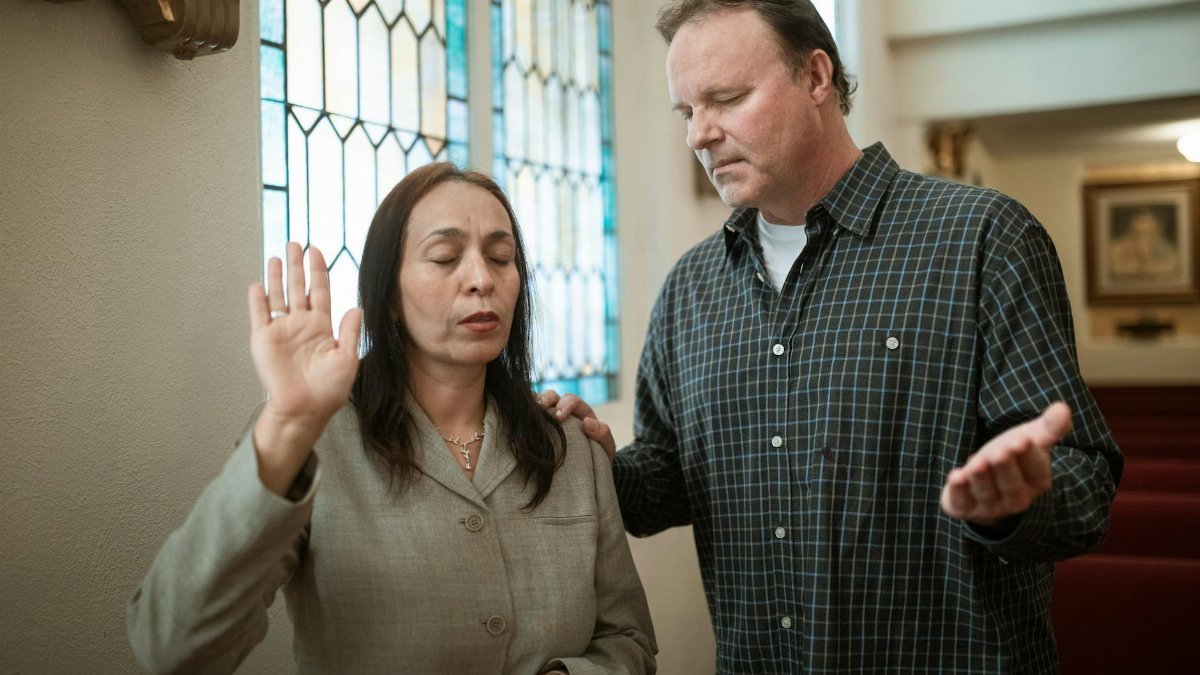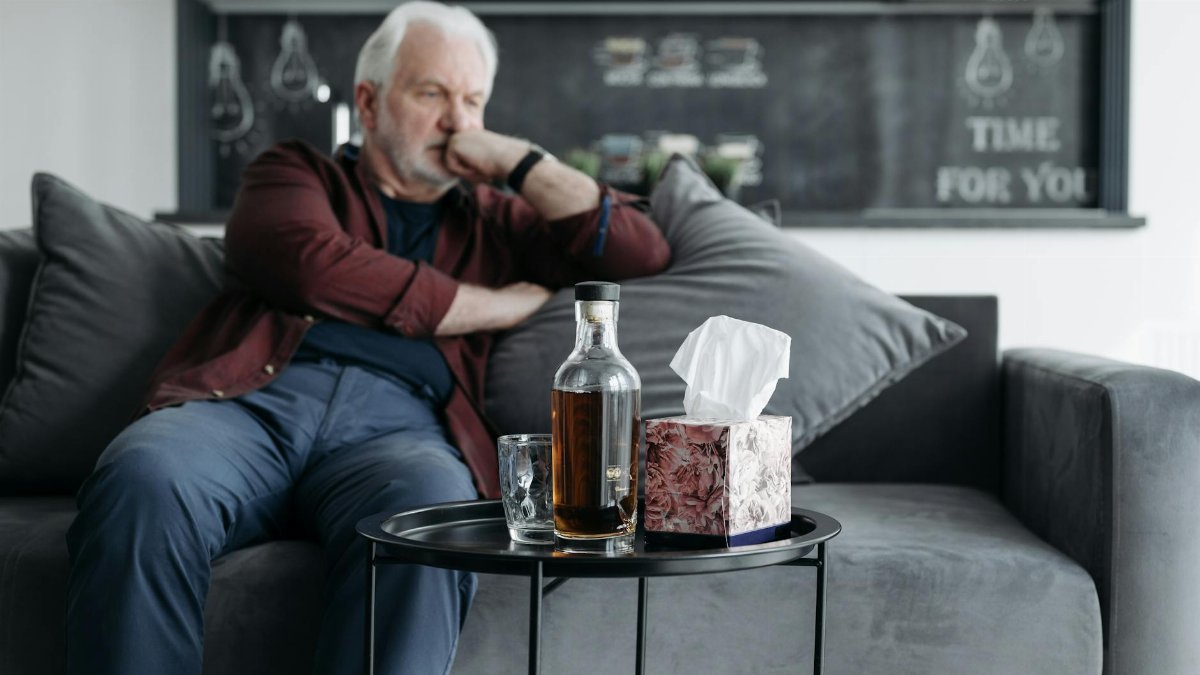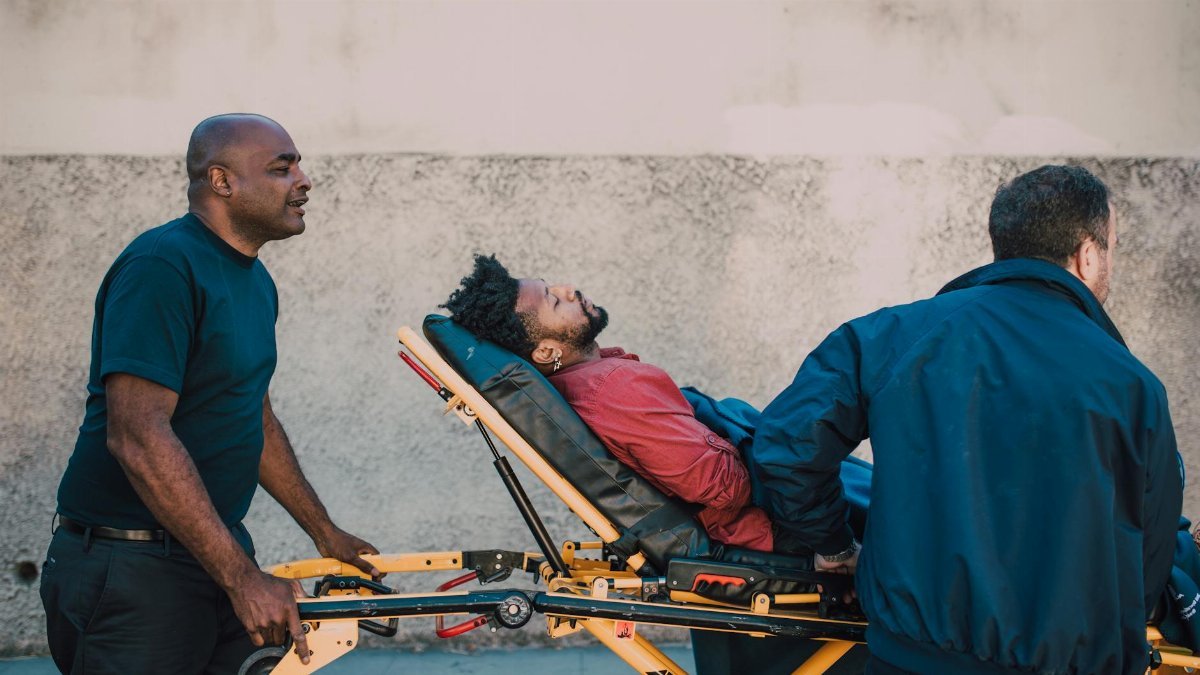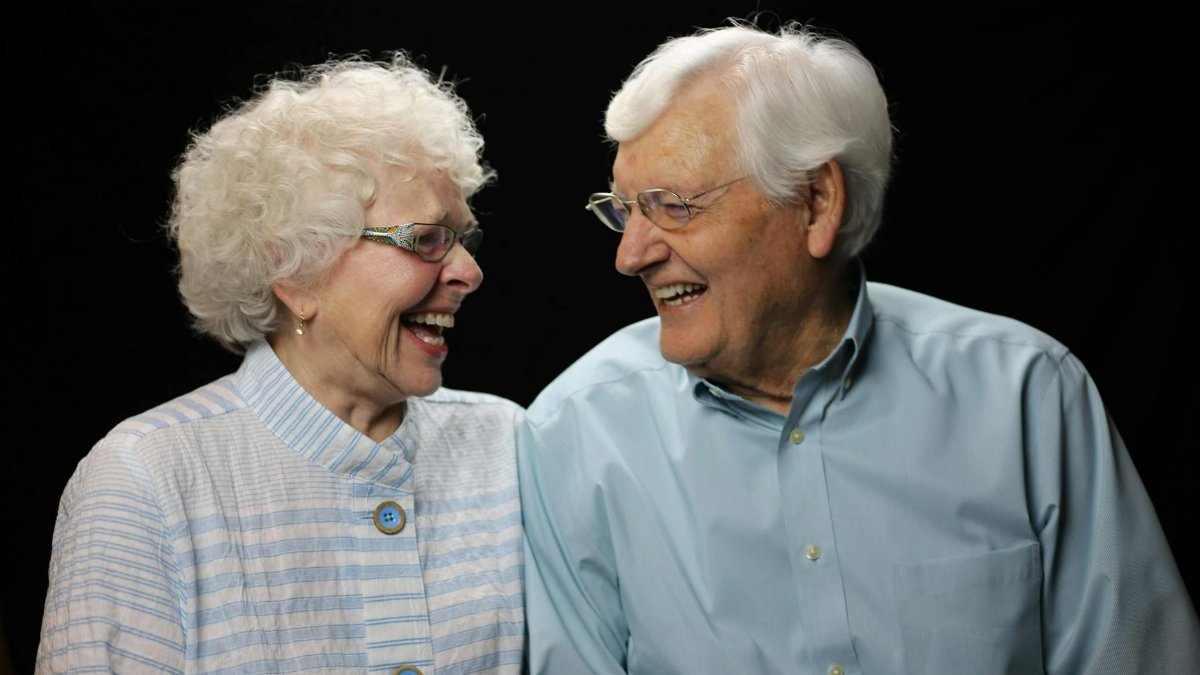Forgiveness practices are often touted as a path to peace, but what happens after you let go? For many, the real work starts when the apology is accepted or the grudge is dropped. Simply put, forgiveness practices—structured ways to release resentment and seek reconciliation—matter because they can transform relationships and mental health. Yet, the journey doesn’t end with a single act. It’s a process that demands ongoing effort, self-reflection, and sometimes, professional guidance. Here’s how to navigate the challenging but rewarding road that follows forgiveness.
What Are Forgiveness Practices?

Forgiveness practices encompass a range of intentional actions aimed at releasing anger or hurt toward someone who has wronged you. These can include journaling about your feelings, engaging in guided meditation, or directly addressing the person through a conversation or letter. The goal isn’t to forget or excuse the harm but to free yourself from its emotional weight. Research from institutions like the Mayo Clinic highlights how such practices can reduce stress and improve overall well-being.
Why Forgiveness Isn’t a One-Time Fix

Many assume forgiveness is a single moment of clarity or closure. In reality, it’s often just the starting line. Emotions like resentment can resurface, especially if the hurt was deep or tied to ongoing interactions. Forgiveness practices require revisiting your feelings over time, ensuring the decision to let go sticks. Therapists note that without consistent effort, old wounds can reopen, derailing progress. This means checking in with yourself regularly to maintain the peace you’ve worked for.
The Emotional Aftermath to Expect

After practicing forgiveness, don’t be surprised if you feel a mix of relief and unease. Letting go can unearth vulnerability or grief over what was lost. Some report feeling unmoored without the familiar weight of anger. Forgiveness practices help by offering tools like mindfulness to process these emotions. Studies from the Greater Good Science Center at UC Berkeley show that acknowledging these feelings, rather than suppressing them, is key to lasting healing.
Rebuilding Trust Takes Time

Forgiveness doesn’t automatically restore trust, especially in close relationships. If you’ve forgiven a partner or friend, the next step is often renegotiating boundaries and expectations. This can be slow and messy. Forgiveness practices, such as open dialogue or shared activities, can help rebuild connection, but patience is critical. Experts warn against rushing this phase—trust grows through consistent actions, not just words, and forcing it can lead to more hurt.
How to Handle Setbacks

Setbacks are normal. A triggering memory or interaction might reignite old pain, even after you’ve committed to forgiveness. When this happens, return to your forgiveness practices—whether it’s writing down your thoughts or seeking support from a counselor. The key is not to view these moments as failures but as part of the process. Small, deliberate steps can help you regain ground without losing sight of your goal.
When to Seek Outside Help

Sometimes, the weight of forgiveness is too heavy to carry alone. If you’re stuck replaying the hurt or struggling to move forward, a therapist or support group can provide structure. Many find that professional guidance offers new perspectives on forgiveness practices, tailoring them to personal needs. Community resources or mental health professionals can also help if the process feels overwhelming, ensuring you don’t navigate this complex terrain solo.
The Long-Term Payoff

Sticking with forgiveness practices over time can yield profound benefits. People report lower anxiety, better sleep, and stronger relationships after committing to the process. Beyond personal gains, forgiveness can ripple outward, improving family dynamics or workplace harmony. It’s not about erasing the past but about reclaiming your present. As challenging as the road after forgiveness can be, the freedom on the other side often makes every step worth it.
